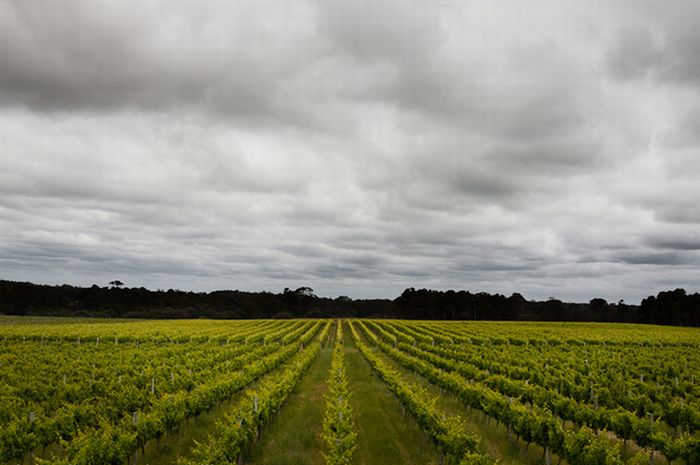|
|
Photos Of Australia
|
Ranked third in the Index of Economic Freedom (2010), Australia is the world's thirteenth largest economy and has the ninth highest per capita GDP; higher than that of the United Kingdom, Germany, France, Canada, Japan, and the United States. The country was ranked second in the United Nations 2010 Human Development Index and first in Legatum's 2008 Prosperity Index. All of Australia's major cities fare well in global comparative livability surveys; Melbourne reached first place on The Economist's 2011 World's Most Livable Cities list, followed by Sydney, Perth, and Adelaide in sixth, eighth, and ninth place respectively. Total government debt in Australia is about $190 billion. Australia has among the highest house prices and some of the highest household debt levels in the world.
An emphasis on exporting commodities rather than manufactured goods has underpinned a significant increase in Australia's terms of trade since the start of the century, due to rising commodity prices. Australia has a balance of payments that is more than 7 per cent of GDP negative, and has had persistently large current account deficits for more than 50 years. Australia has grown at an average annual rate of 3.6 per cent for over 15 years, in comparison to the OECD annual average of 2.5 per cent. There are differing opinions based on evidence as to whether or not Australia had been one of the few OECD nations to avoid experiencing a recession during the late 2000s global financial downturn. Six of Australia's major trading partners had been in recession which in turn affected Australia, and economic growth was hampered significantly over recent years.
The Hawke Government floated the Australian dollar in 1983 and partially deregulated the financial system. The Howard Government followed with a partial deregulation of the labour market and the further privatisation of state-owned businesses, most notably in the telecommunications industry. The indirect tax system was substantially changed in July 2000 with the introduction of a 10 per cent Goods and Services Tax (GST). In Australia's tax system, personal and company income tax are the main sources of government revenue.
In July 2011, there were 11,450,500 people employed, with an unemployment rate of 5.1 per cent. Youth unemployment (15–24) rose from 8.7 per cent to 9.7 per cent over 2008–2009. Over the past decade, inflation has typically been 2–3 per cent and the base interest rate 5–6 per cent. The service sector of the economy, including tourism, education, and financial services, accounts for about 70 per cent of GDP. Rich in natural resources, Australia is a major exporter of agricultural products, particularly wheat and wool, minerals such as iron-ore and gold, and energy in the forms of liquified natural gas and coal. Although agriculture and natural resources account for only 3 per cent and 5 per cent of GDP respectively, they contribute substantially to export performance. Australia's largest export markets are Japan, China, the US, South Korea, and New Zealand. Australia is the world's fourth largest exporter of wine, in an industry contributing $5.5 billion per annum to the nation's economy.
|
|









